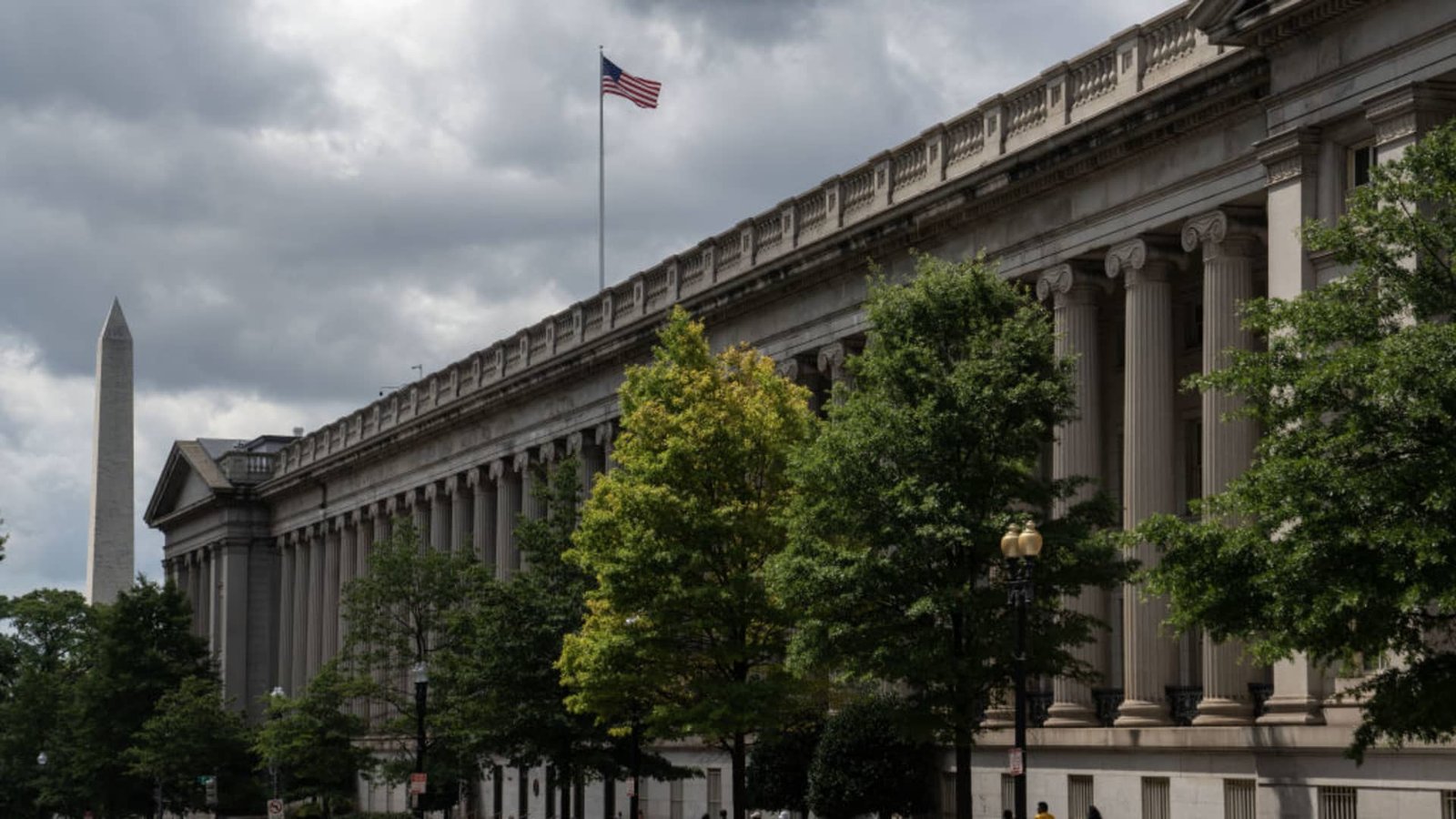An important gauge for the Federal Reserve indicated that inflation had slightly eased from a year ago in June, paving the way for an anticipated interest rate cut in September.
The personal consumption expenditures price index rose by 0.1% for the month and was 2.5% higher than a year ago, aligning with Dow Jones estimates, as reported by the Commerce Department on Friday. In May, the year-over-year increase was 2.6%, while the monthly measure remained unchanged.
The Federal Reserve officials rely on the PCE measure as their primary tool to assess inflation, which has been consistently above the central bank’s 2% long-term target.
Core inflation, excluding food and energy, saw a monthly uptick of 0.2% and a 2.6% increase over the year, both in line with expectations. Policymakers place more emphasis on core inflation as it provides a better indication of long-term trends, given the volatility of gas and grocery prices compared to other items.
Following the release, stock market futures indicated a positive opening on Wall Street, while Treasury yields declined. Futures markets are pricing in a more aggressive approach to Fed interest rate cuts.
Robert Frick, a corporate economist at Navy Federal Credit Union, summarized the report as “good enough,” stating that spending and income levels are sufficient to sustain expansion, making the decision to cut rates easier for the Fed.
In June, goods prices dropped by 0.2% while services increased by 0.2%. Housing-related prices rose by 0.3%, showing a slight slowdown from the 0.4% increase in the previous three months and the smallest monthly gain since at least January 2023.
The report also revealed that personal income rose by only 0.2%, falling short of the 0.4% estimate, while spending increased by 0.3%, meeting expectations.
With spending remaining robust, the savings rate decreased to 3.4%, reaching its lowest level since November 2022.
The market is closely monitoring the direction of the Fed’s monetary policy. While there are low expectations for any changes at the upcoming policy meeting, market indicators strongly suggest a rate cut in September, the first since the early days of the Covid pandemic.
Chris Larkin, managing director of trading and investing at E-Trade Morgan Stanley, noted that the economy seems stable, with PCE inflation remaining steady. However, a rate cut next week is unlikely, and the economic landscape may evolve before the September FOMC meeting.
In mid-2022, as inflation reached its highest level in over 40 years, the Fed implemented a series of aggressive rate hikes. However, the Fed has paused its actions over the past year to assess fluctuating data, which initially showed rising inflation but has recently indicated a gradual cooling, prompting discussions among policymakers about potential cuts this year.
Futures markets are indicating a 90% probability of a rate reduction in September, followed by cuts at the November and December FOMC meetings, according to the CME Group’s FedWatch measure. Fed officials have emphasized that policy decisions are data-driven and subject to change based on evolving economic conditions.




